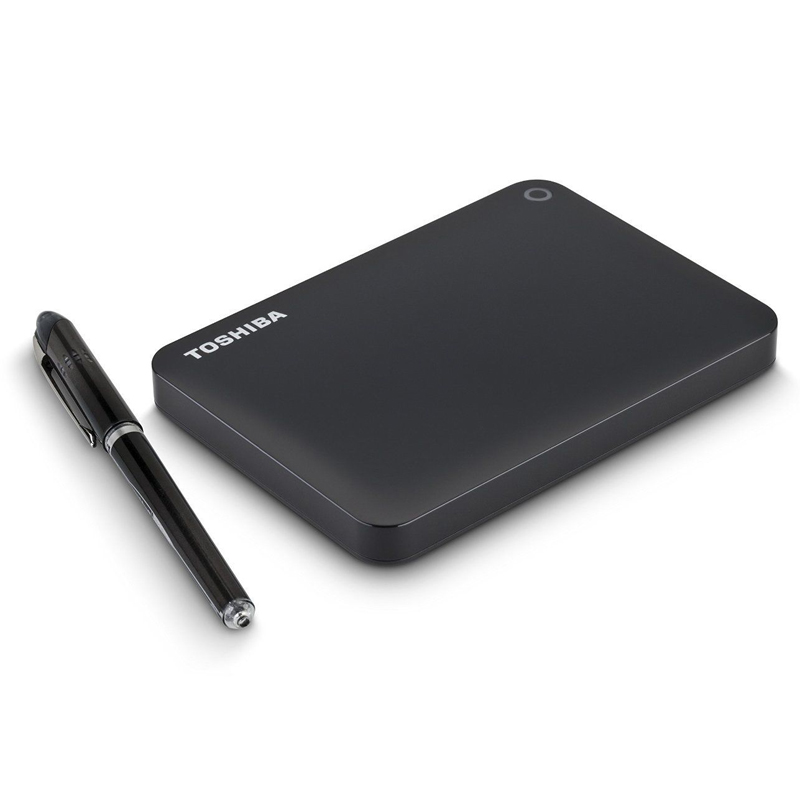Can Windows Xp Read 1Tb Hdd External
How to copy files from internal HDD to external HDD using CMD in Windows 8 install - Tutorial - . The big problem is that the installer wanted me to format my ENTIRE HDD when I have important files on an alternative partition. In this tutorial, I'll show you how to transfer files from your internal HDD to an external HDD using Command Prompt that comes with the Windows installation. Objective Retrieval: c: \*.*Objective Directory: e: \k\kody\Things you will need: +A USB drive 4. GB or higher with a Windows 7/8 installation OR a Windows 7/8 install/upgrade disk. Flor Do Deserto Filme Online Dublado Gratis there.
The latest PC gaming hardware news, plus expert, trustworthy and unbiased buying guides.
Barracuda (1TB/disk platform) Firmware Update. New firmware version: CC4H. You can verify the proper firmware revision for your drive model and serial number using.
Please note that the Windows 7 to 8 installer setup my vary and I will be walking you through Windows 8 since I gave my 7 installation away.+An external HDD/SSD that you can connect to your computer. If you don't have as many files as I did, then another USB drive will work fine as long as it is big enough for the files you will be transferring. Step #1: - Insert installer hardware (USB/CD). If you don't have a Windows 8 installation device, I would suggest grabbing/buying a 4 or 8. GB USB drive and downloading Microsoft's USB creator tool from their website.
- As you likely know, while one can install Windows 7 from an external hard drive, one can’t install the same to an external hard drive with default settings.
- Model Data Sheet User Manual Capacity Interface Height Length Width Backup Plus Ultra Slim Portable Drive 1TB Platinum.
Next you would buy Windows 8 from Microsoft as a download or use a torrenting site (I do NOT encourage the use of piracy, in accordance to U. S. There are loads of tutorials on You. Tube if you need help attaining an installer device. Step #2: - Turn on your computer and go into the BIOS. Everyone BIOS is different, so the best I can say is what you need to do: change the boot priority so USB (or CD if you are using a disk) devices are first in line.
We need the computer to boot into our installer device to access CMD.- Save and reboot. Step #3: - Once the Windows installation has loaded, click . The first few lines are for general information that can be important.- This is where things can get a little tricky. You need to understand what each of your partitions/hardware devices have what labels. To find out what is where, (this is just the syntax, you don't actually have to type it just yet) type the command, . I would recommend writing these down or typing them on a notepad document on another computer just like I did.
I would also recommend having Calculator opened on your other computer or going to Google and typing . If you have any non- essential storage devices plugged into your computer whether they be outside or in, I would recommend turning your PC off and unplugging them. Unplugging what you can could save you time and prevent mistakes.*** - Type: . CMD treats everything as one big HDD with lots of partitions.
These are my results: X: CMD (This is where the CMD is telling me I am at: X: \windows\system. Next is the part that got me off the most.
When I got here and transferred the files, I checked on another computer and could not see or access them. Because I don't want individual directories nor do I even know each directory path, I transferred the entire partition to my HDD, all 1. GB partition), to my external HDD. What did I forget? Now I did add something after that to be sure it worked, although I don't actually know if it is required. Download 3Gp Format Videos Of Wwe Wrestling here.
I will add this as an unsure optional step in the end and maybe someone with enough time can test it for me.- Type the following command as syntax (replacing certain drive letters - be careful though because not every individual letter is a drive letter! Read the explanation after it)- Type: . Anything with . The reason I emphasize this so much is for the next step. Step #6 (Can someone help me figure out if this step is optional?): - Type: . This time we're introduced to folder/file attributes.
If you really want to figure out what each attribute does, type ! It wouldn't be the end of the world if I lost them, but it would definitely waste countless hours of hard work when I could have just made a post like this asking for help. Thanks! Additional Info = If you aren't very tech savvy and didn't get that I don't have an OS installed anymore, well: I don't.
